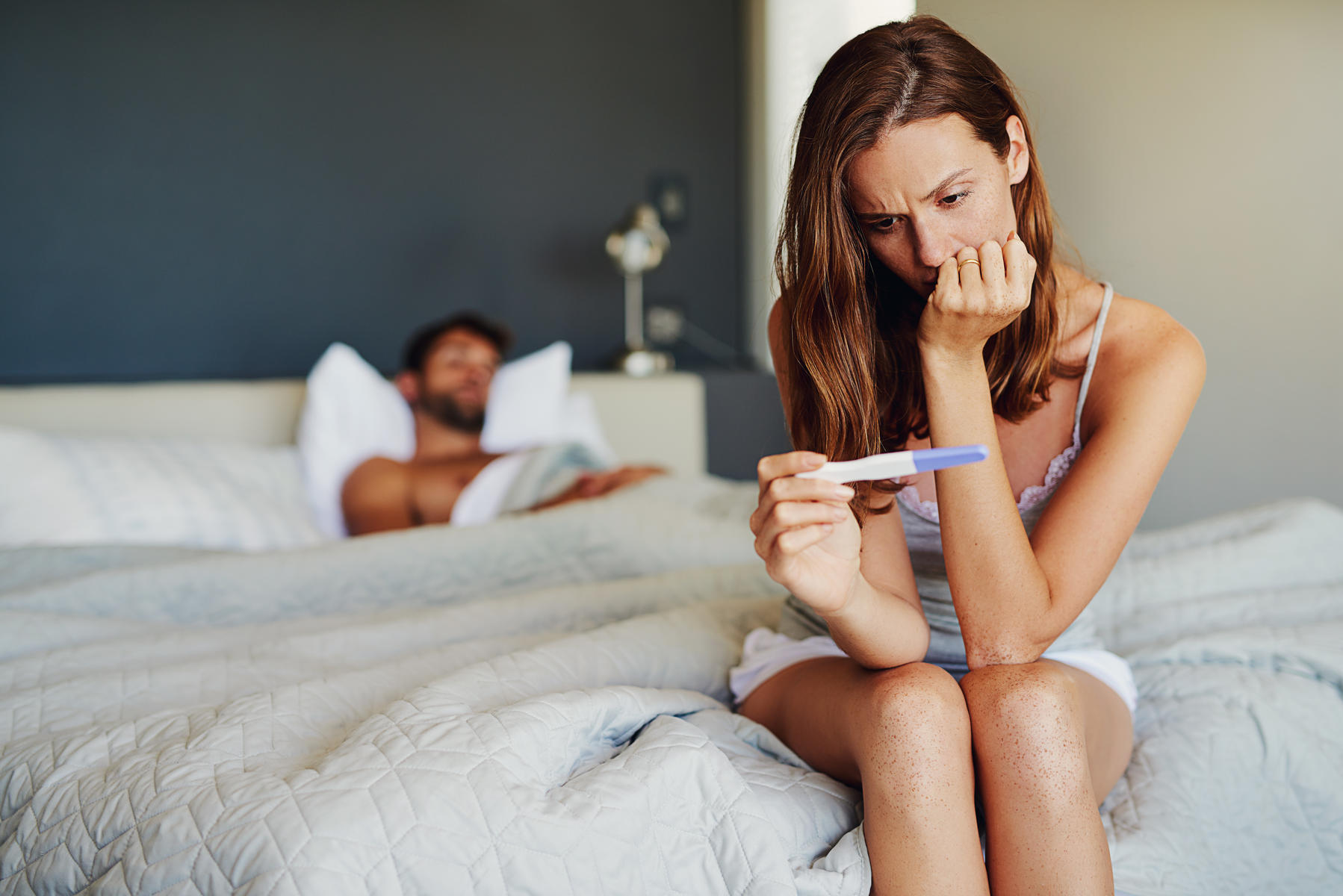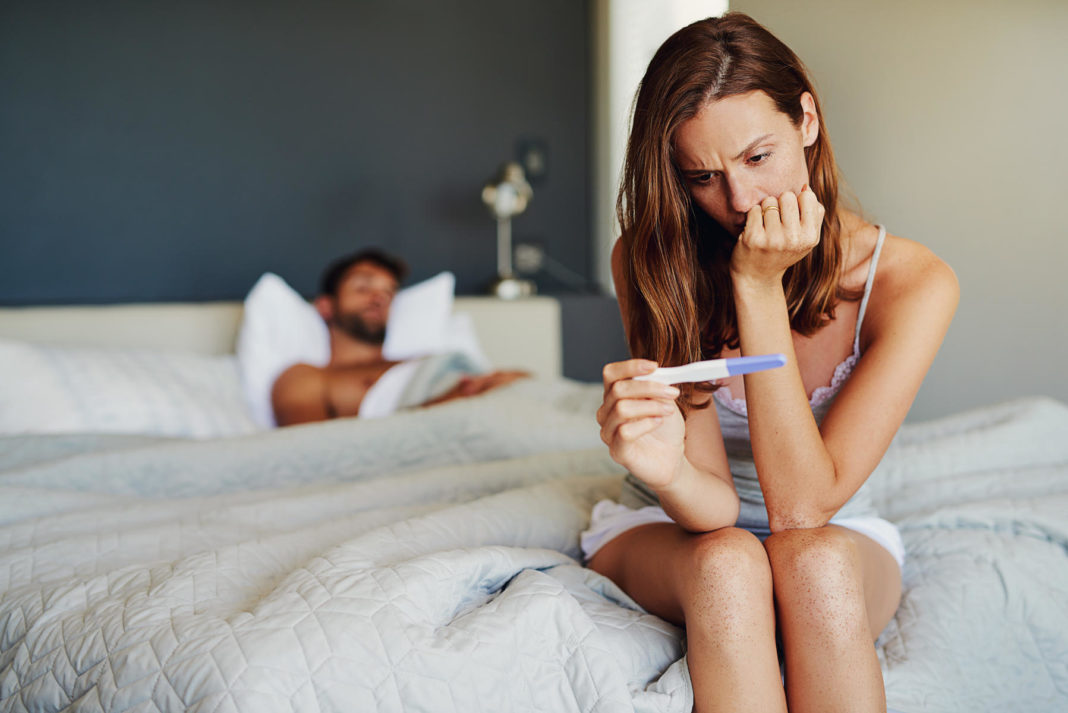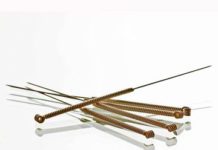
A normal menstrual cycle lasts between 21 and 35 days. Ovulation happens only once during this time period, but your "fertile window" (when you're most likely to conceive) spans six days. Here's what you need to know about how long ovulation lasts, so you can effectively plan your baby-making sex.
How long does ovulation last?
A woman ovulates for 12 to 24 hours during each menstrual cycle.
Ovulation happens after your luteinizing hormone (LH) surges, causing a mature egg to leave the uterus and travel down the fallopian tube. The egg survives for 12-24 hours, then it disintegrates into the uterine lining and sheds with the monthly period. However, if sperm fertilizes the egg before it disintegrates, it may attach to the uterine lining and form a pregnancy.
How long does your fertile window last?
It's important to note that ovulation isn't the only time pregnancy can occur. "Sperm can live at least five days in the female reproductive tract," says Dr. Staci Pollack, an Ob-Gyn in the Division of Reproductive Endocrinology & Infertility for Montefiore Health System. Therefore "someone can get pregnant from an act of intercourse anywhere from five days prior to ovulation to 24 hours after ovulation," since the egg can survive 24 hours.
If you're trying to conceive, Dr. Pollack recommends having sex often during this six-day "fertile window," when sperm and egg have the greatest likelihood of meeting. "Many couples try very hard to target ovulation when trying to get pregnant, and when doing so, sometimes miss their fertile window," she explains. Keep in mind that the chances of getting pregnant are especially high on the day of ovulation and three days prior.
When does ovulation occur?
To know how long ovulation lasts, it helps to know when it actually occurs. "In general, women ovulate approximately 14 days prior to their menstrual period," says Sharifa Menon, M.D., F.A.C.O.G, an Ob-Gyn at Westchester Medical Center, the flagship of the Westchester Medical Center Health Network. For example, a woman with a normal cycle lasting 28 days will likely ovulate on day 14, and her fertile window would be days 9-14. Similarly, if her cycle lasts 30 days, ovulation will probably occur on day 16, and the fertile window would span days 11-16. Every woman ovulates differently though, so these guidelines won't be entirely accurate.
Most drugstores offer over-the-counter products that track ovulation, such as ovulation predictor kits (OPKs) and fertility monitors. You can also detect ovulation by examining your cervical mucus (it gets stretchy like egg whites during ovulation) and taking your basal body temperature (it rises slightly during ovulation). Learn more about these methods – and other ways to find out when your egg is released – here.
Can you ovulate more than once per cycle?
A woman only ovulates once per menstrual cycle. "However, rarely, a woman may release more than one egg during ovulation" says Dr. Menon. "If the eggs are fertilized, this can lead to fraternal twins."
There's also a chance that a woman doesn't ovulate at all – usually because of underlying conditions like polycystic ovary syndrome (PCOS). You can't conceive if you don't ovulate, so talk to your doctor if you're worried. You should also speak with your healthcare provider if you can't get pregnant after one year of trying (or after six months of trying if you're over 35 years old).
































